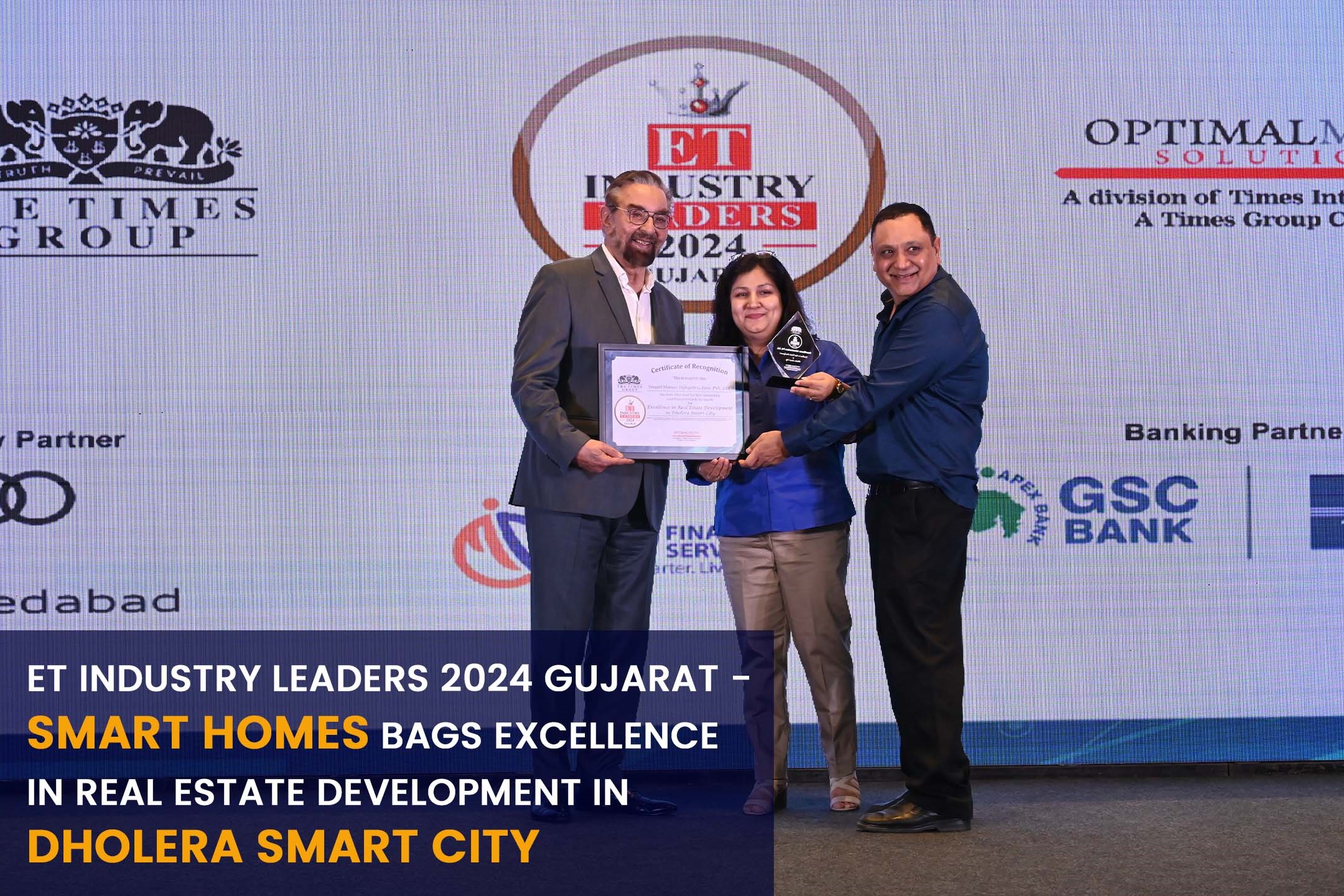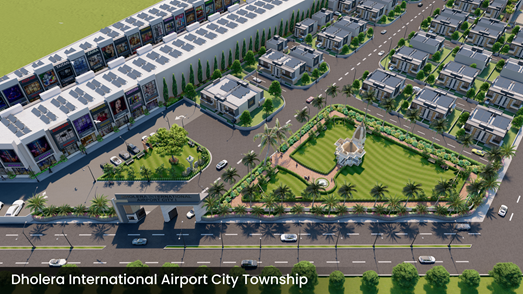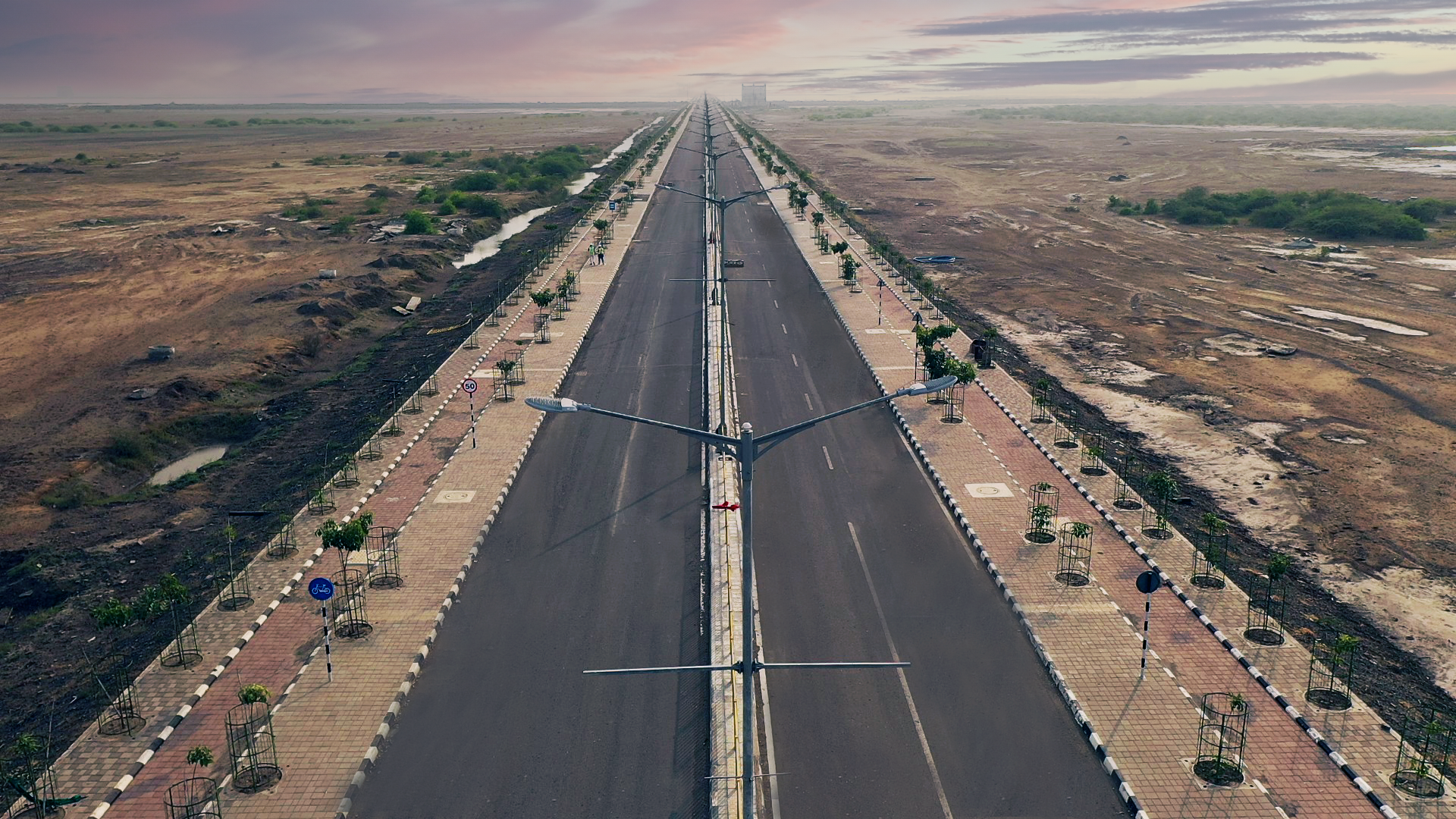Posted: 2016-07-22 10:58:18 by
smarthomes
In the previous part of the article, we spoke about how Indian real estate has fared in the last decade and what makes our economy one of the fastest developing economy in the world. This article shall discuss about the scope of Indian real estate going ahead and what shall lead to the growth trajectory.
It is estimated that the real estate sector shall contribute 13 percent to India's GDP by the year 2028, a more than double move from its contribution of 6.3 percent in 2013. This shall lead the industry to a seven fold growth ; USD 121 billion in 2013 to an estimated USD 853 billion by 2028. There shall be 4 key contributors to the humongous growth in the real estate sector:-
• Overall economic Growth of India
As the economy has gained momentum and growing at a very rapid pace, the industries such as banking and financial services sector, IT & ITeS are also expanding manifold. This has led to an increase in demand for the commercial space that shall be required to accommodate the various requirements of such industries.
• Rapid urbanization
More and more number of people are moving to urban India for better employment and income opportunities; about ten million every year. This has created a requirement for two million affordable residential units to be developed each year.
• Rise in nuclear families
The concept of nuclear families is gaining ground giving rise to requirement of multiple residential units to accommodate each smaller household. With an average family size being reduced to 4.4 people from erstwhile 4.8 people, an additional requirement for 10 million housing units has been raised.
• Higher income levels
With better opportunities for the youth and an unstoppable economic growth, the income levels are also rising and the per capita income is expected to touch an average of USD 8,300 in the year2028. This shall be three times of the 2012 income level (USD 2,800 per capita). This rise in income shall enhance their purchasing power which in turn shall boost the residential and retail real estate sector.
Having evaluated the elements that shall cause rise in demand, it is estimated that about 40-50 million new residential units shall be required by 2028. This includes the current deficit of 18.7 million units (2012 figure) and an estimated requirement of about 2 million units per year.Residential housing in India contributes to about 80% of real estate sector; of this about 80-85% shall be accounted for by the affordable housing segment. This segment caters to the lower income group and economically weaker section and includes home in the range of USD 8,000 – USD 17,000 per unit with an average area of 250-650 square feet.
Another segment in the residential housing space is mid income housing segment. Such segment deals in housing units measuring about 800-1200 square feet in the range of USD 17,000 – USD 170,000. As the middle class households are expected to triple by the year 2026 and rise to 113.8 million from 31.4 million, the demand in the residential housing space for this segment is expected to rise greatly and touch 3.5 million houses by 2028.
The next segment that contributes to the rising demand in the Indian housing sector is luxury housing segment. This class of residential housing units refers to homes that are at least above 1,200 square feet in area with no upper cap and cost a minimum of USD 170,000. The HNI population of India has risen rapidly with 22.2% growth noted in 2022. At this pace, it is estimated that the HNI Indians shall triple by 2018 and reach a figure of 329,000 people. With the rising population, a surge in demand for luxury housing shall also be seen and about 1.5 million luxury residential housing units shall be required in the next 15 years.
Besides
residential housing, commercial real estate also contributes largely to the expected growth in the Indian real estate. This includes spaces required for office, retail and industrial sector. The major demand for office space has been pushed by IT & ITeS sector which has occupied 52 percent of any new office space developed since 2010. With 177% estimated growth in revenue between 2012 and 2020 and an increase in employee strength from 2.4 million to 5.1 million by 2022, this sector is expected to grow exponentially in future and shall remain one of the key absorbent for office space in times to come. Another important absorbent is Banking and Financial services sector that absorbs about 16% of the office space.
With the retail markets in India growing at a CAGR of 8%, the demand for commercial space for retail outlets is expected to touch 275-300 million square feet by 2020. A surge in demand for commercial space to cater to the industrial sector is also expected as government is taking keen interest and building reforms to promote manufacturing set up in the country, the DMIC corridor being a significant step towards the same.
India is moving towards an era where
real estate shall play a major role in aggressive growth of the economy.







